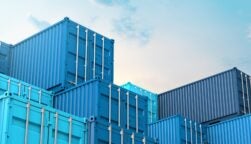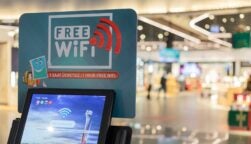If you’re in Austin and you see a Tesla without a driver, don’t freak out; the company’s Robotaxi service officially went live this weekend in Texas.
Full self-driving cars have been a pipe dream for the tech industry over the last few years, but there has been some serious progress in 2025. Multiple companies have autonomous vehicles on the road, and self-driving trucks have even started making trips in different states across the US.
Tesla can now count itself among those making moves this year, after getting its Robotaxi service up and running in a “soft-launch” on Sunday.
Tesla Robotaxi Service Is Live
In what was considered a “low-key” launch by some in attendance, Tesla has officially put its Robotaxis on the road in Austin, Texas on Sunday.
Videos of the occasion were posted all over X, with Elon Musk himself even chiming in to congratulate the AI and the team on a job well done.
 This just in! View
This just in! View
the top business tech deals for 2025 👨💻
“Culmination of a decade of hard work. Both the AI chip and software teams were built from scratch within Tesla.” – Elon Musk on X
Elon Musk also joked that the cost of a ride in a Tesla Robotaxi would be “a $4.20 flat fee,” proving that his sense of humor was not lost with the price of Tesla stock during his time with DOGE.
Is the Tesla Cybercab on the Road?
Given the Robotaxi service was paired with the Cybercab, it’s safe to wonder whether or not the futuristic concept car actually made an appearance on the road in Austin this weekend.
Well, we hate to disappoint, but the Cybercab was not part of the launch, and this vehicle isn’t set to enter volume production until 2026. If you were hoping to see the steering wheel-less self-driving car on the road any time soon, you’re out of luck.
Instead, the launch featured existing Tesla models, like the Model Y, that were cleverly equipped with Robotaxi logos.
The Self-Driving Competition
While this was a big step for Tesla in terms of its self-driving car capabilities, the company certainly isn’t leading the pack when it comes to the technology.
Waymo, for example, is operating a fully autonomous operation — dubbed Waymo One — in four different cities, Phoenix, San Francisco, Los Angeles, and yes, Austin. Cruise is another that operates in Phoenix and the San Francisco Bay Area.
Suffice to say, Tesla has its work cut out for itself when it comes to catching up in the autonomous taxi service game. But hey, at least they’re on the road.




